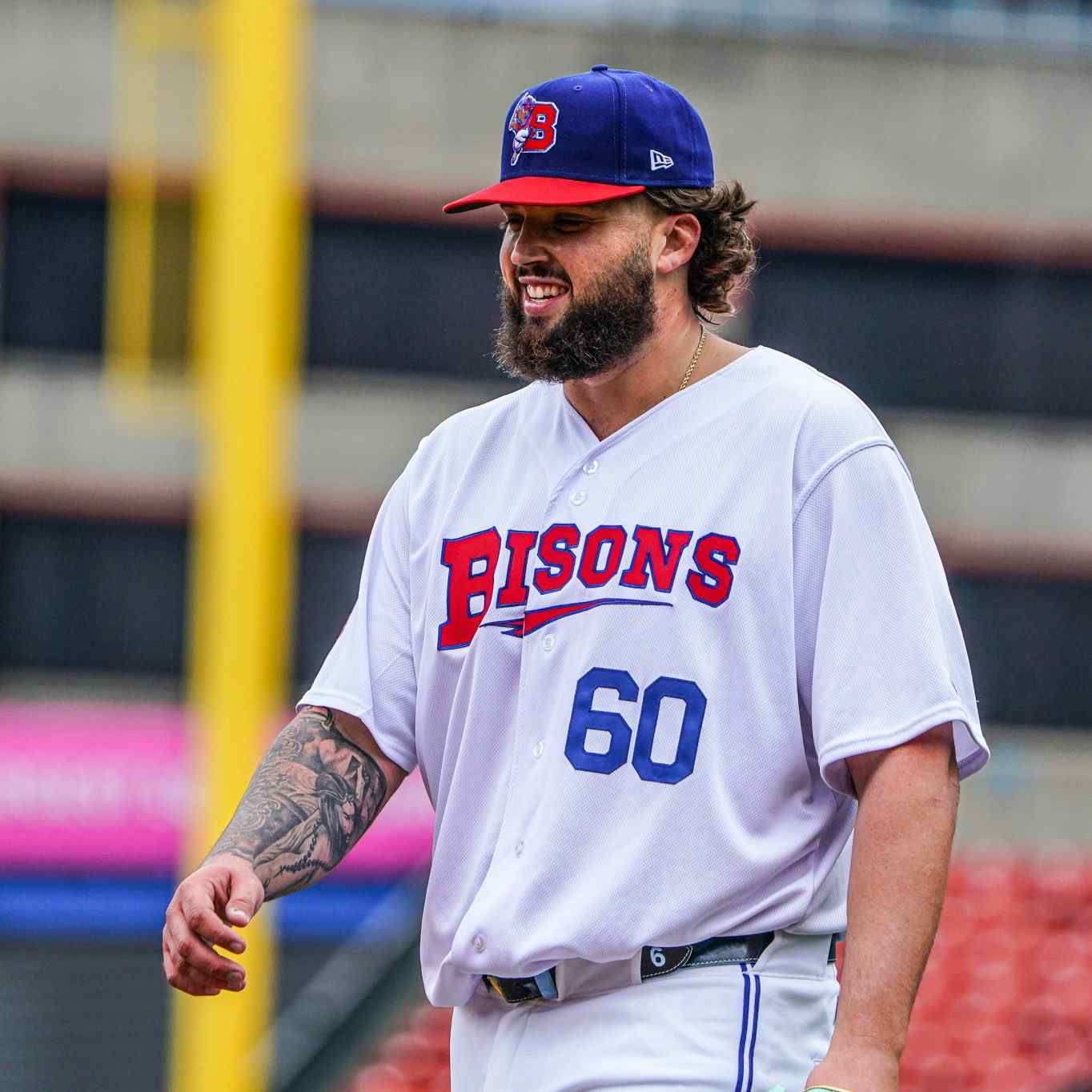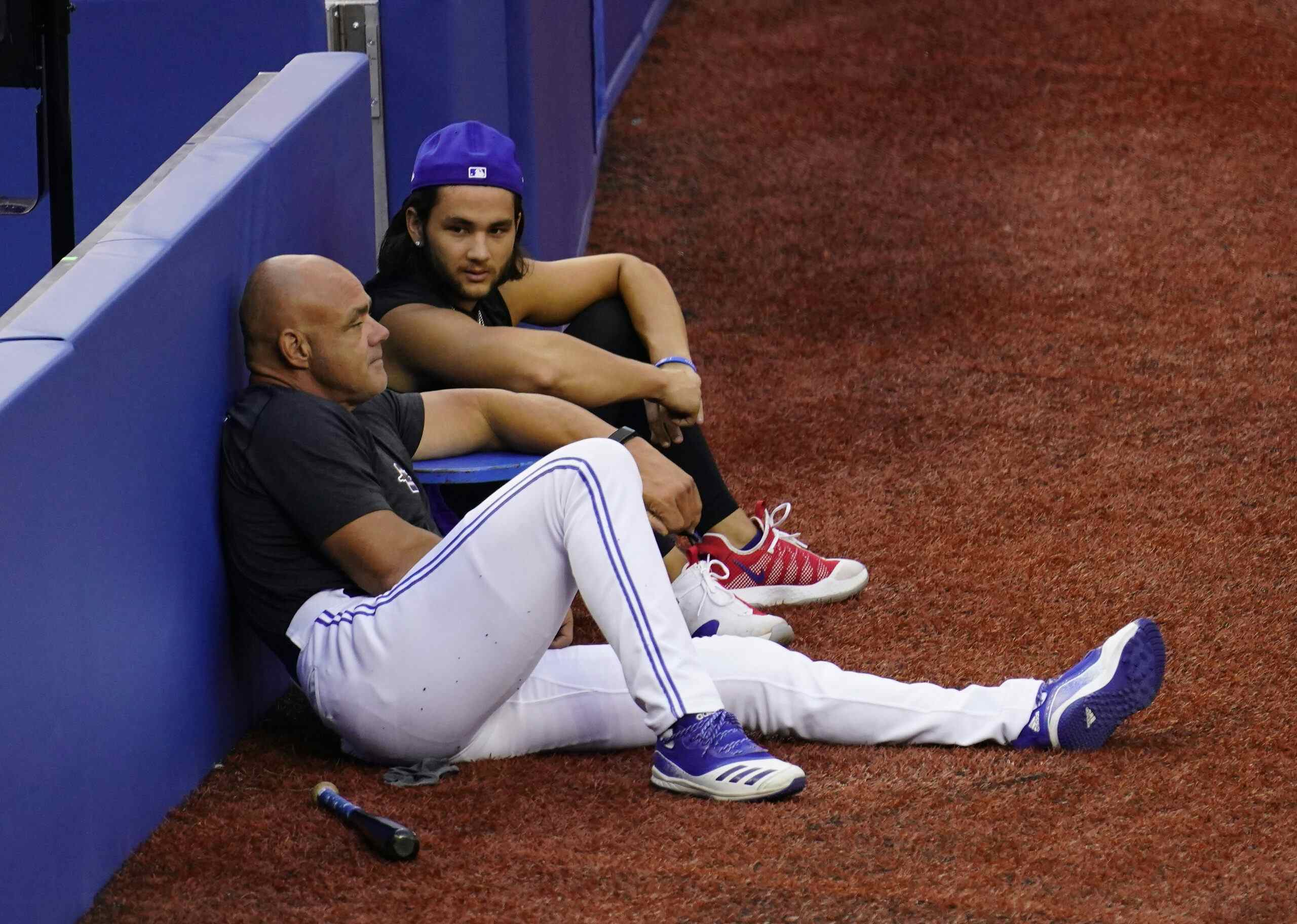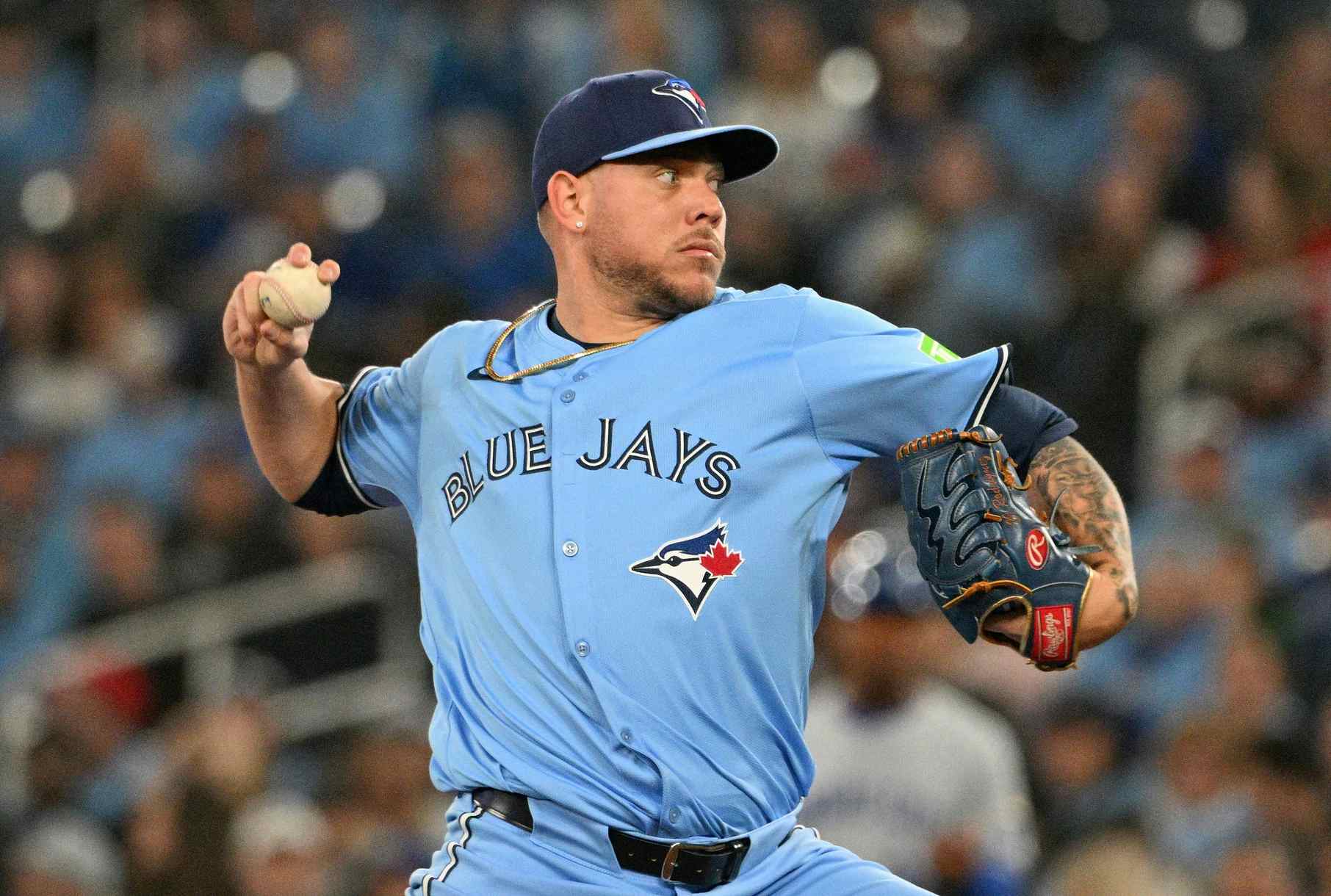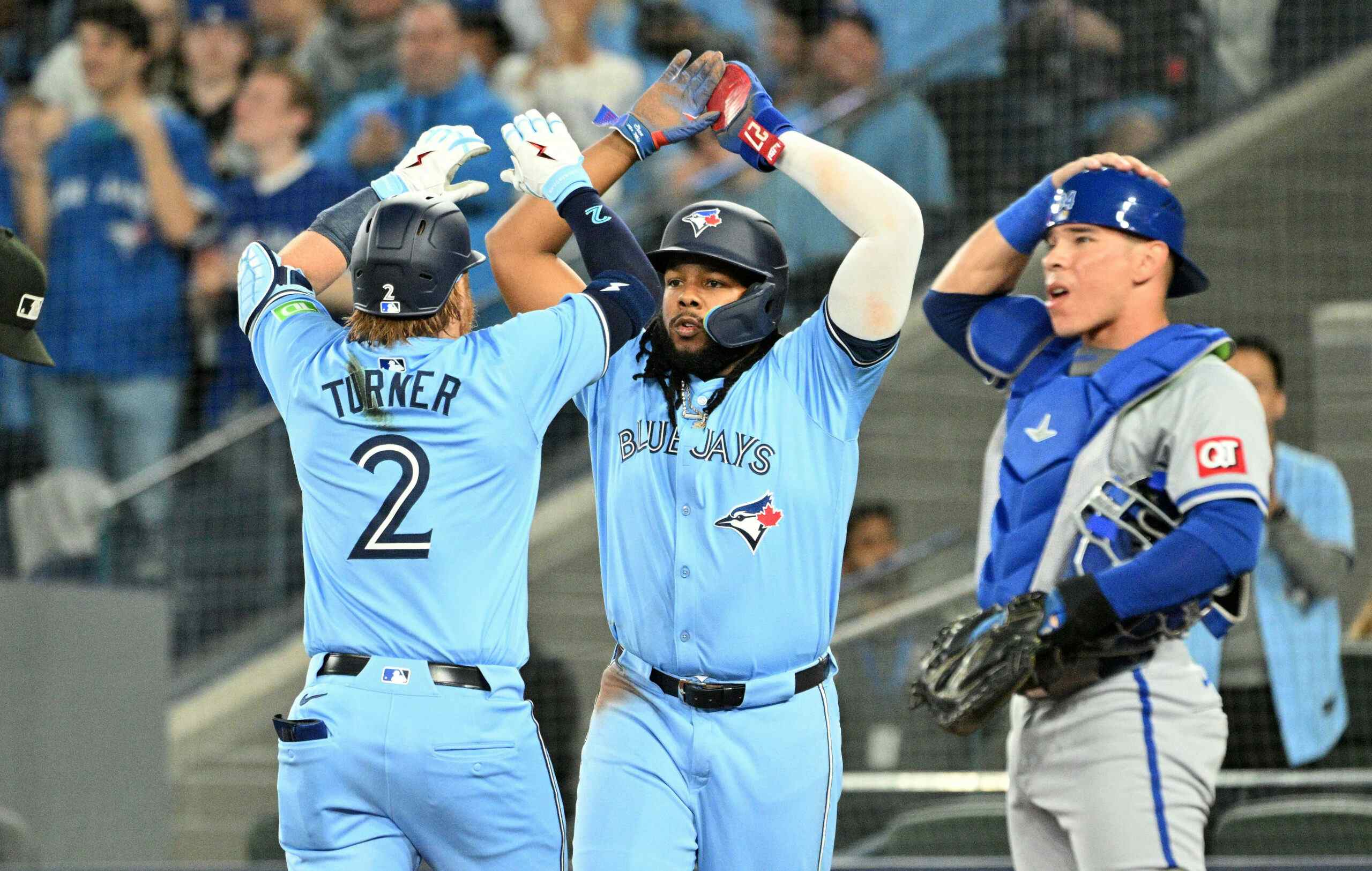Is there really a ‘dark side’ to Jays Twitter?

By Ian Hunter
5 years agoHands up if you’ve ever had a negative experience with someone on Twitter or Facebook. So, is that just about everybody, then?
If you look hard enough, there’s a dark, sinister, hate-filled corner of the internet. Most times, you don’t even need to go looking for it because it shows up at your doorstep in the form of Twitter mentions or Facebook comments.
Twitter, for the most part, is a place where reasonable, rational human beings have conversations about frivolous things like the Toronto Blue Jays baseball club. If you want to find trolls, they’re lurking out there, often waiting to pounce on a tweet or comment. Is this behaviour unique to Jays Twitter? Hardly.
By now, you might’ve read Jake Edminston’s piece in the National Post about the “dark side of fandom” and “how Jays fans in Twitter built a nasty, hierarchical culture”. At the heart of it was the research done by Katie Sveinson. According to the Post piece, she sifted through 850,000 tweets which tagged the @BlueJays Twitter account or one of the team’s hashtags. The results, not surprisingly, painted the Blue Jays’ fan base in a negative light.
If you’ve ever delved into the Blue Jays’ mentions or Facebook comments, it’s often a tire fire of negativity. If you click on the #LetsRise hashtag, it goes down a similar path. But by no means is that an accurate reflection of what is affectionately referred to as “Jays Twitter”.
I’ve been on Twitter since 2009. At the risk of making myself sound like a dinosaur, I’ve seen a lot of changes on the platform in nearly 10 years. When I first created an account, the users I first followed were some Blue Jays blogs I read religiously. Then I searched for users with the name “Blue Jays” and started following them.
Today, it’s much different. When you first sign up for Twitter, there’s a curated “who to follow” list waiting for new users. When you fill out your interests, Twitter suggests a slew of accounts to follow. Many of them are @BlueJays, official beat writers and reputable sources of Blue Jays news.
Back then, it felt like you sent a tweet out into the ether and weren’t really sure if anybody else in the universe would ever read it. Now, you can barely hit the Tweet button before some people jump down your throat.
I’ve muted conversations. I’ve blocked people. I’ve reported users who have targeted others or used abusive language on the platform. That’s nothing compared to how bad it can get on Twitter. But this isn’t exclusive to Jays Twitter; the bad behaviour is systematic across the platform.
The majority of interactions I’ve had with people on Twitter in the last nine years have been positive. At times, Twitter can drive people apart, but at its best, it brings people together. You meet others with similar interests that you wouldn’t have connected with otherwise. As much bad is there is on Jays Twitter, it’s outweighed by the good, genuine people.
***
While I respect the time and effort Edminston and Sveinson put into their article and research, they’re using flawed data to make a blanket statement about an entire online fan base. Those 850,000 tweets which included an @BlueJays mention or #LetsRise hashtag are not representative of the typical Blue Jays fan.
Often times, those negative qualities are representative of the brashest subset of the Blue Jays’ fan base. Dive into the @BlueJays mentions after a deflating loss like the one last Wednesday. It ain’t pretty. That’s usually the worst place to go to find angry people. Seriously, who yells at an official team account?
The parameters they chose for their research (the @BlueJays mention or hashtag along with the words “fan”, “fans” and “fandom”), was one of the most hostile places to dive into. They may as well have added “Shapiro” or “Atkins” to that search and it would’ve produced similar results.
If you scroll through the mentions or wade through the occasional cesspool of comments, it won’t take long to find something that makes Jays fans look bad. Then again, do the same for practically any other sports team and you’ll discover the behaviour is widespread. For whatever reason, people get really, really mad online about their favourite teams.
As with anything, there is bad; but there’s a whole lot of good, too. I’ve met plenty of fine Jays fans thanks to Twitter. Over the years, we bonded over the disappointing pre-2015 Blue Jays and forged friendships. Heck, I know of a few couples who got married thanks in part Twitter.
At its core, this medium is meant to bring like-minded people with similar interests closer together. Twitter has become a second screen experience for watching ball games. Whenever a big moment happens in a Blue Jays game, it’s fun to watch the chorus of “holy shit” reactions clog up your timeline.
Conversely, whenever the Jays suffer a huge meltdown, Jays Twitter commiserates together. In a way, it’s like group therapy for fans; they vent, they talk it out, then they move on.
I’ll wholeheartedly agree with what Sveinson said in the Post, that it was “very exhausting” to sift through all the negative Blue Jays tweets. If it’s a bad game or the Jays are having a rough week, I know some people who just unplug from Twitter entirely because it feels like there’s nothing but negativity.
From my experience, I don’t feel like what the Post covered was a complete snapshot of how Jays fans behave online. It’s characteristic of how one small segment of the fan base acts, not how the entire fan base acts.
Look for bad behaviour from fans and it will quickly reveal itself. It may take longer to find the good, but the best qualities of Jays Twitter will always drown out the worst.
Recent articles from Ian Hunter





